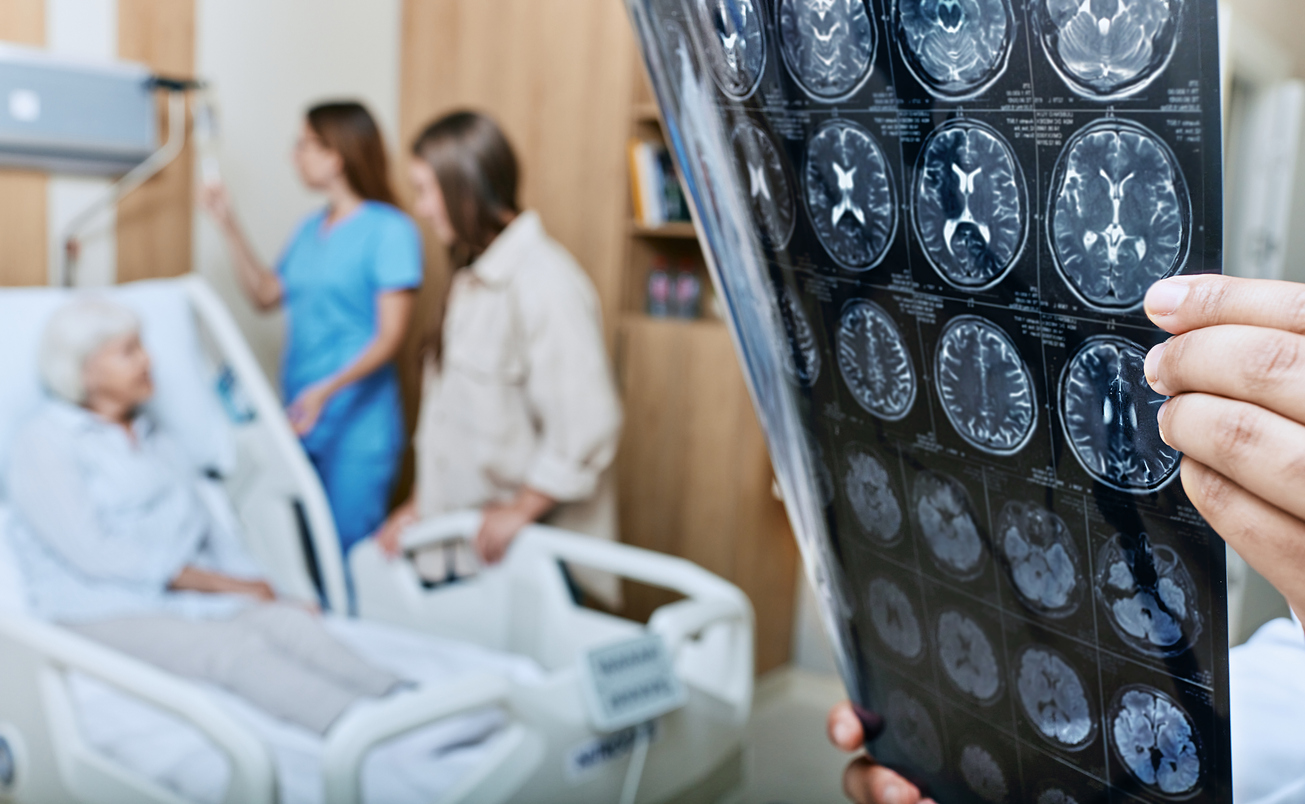- A
- A
- A
- ABC
- ABC
- ABC
- А
- А
- А
- А
- А
Joint Project of Scientists from HSE University and Surgut State University to Help Prevent Recurrent Heart Attacks and Strokes
© iStock
One of the winning projects of a competition held by HSE University’s Mirror Laboratories last June focuses on the use of machine learning technologies to predict the outcomes of acute coronary syndrome. It is implemented by HSE University’s International Laboratory of Bioinformatics together with the Research and Educational Centre of the Medical Institute at Surgut State University. Maria Poptsova, Head of the International Laboratory of Bioinformatics and Associate Professor at HSE University’s Faculty of Computer Science, talks about how this joint project originated, how it will help patients, and how work to implement it will be organised.
— Dr Poptsova, how did the idea of cooperating with your Surgut colleagues come about? Why was the decision made to implement this project with them?
— We started communicating with colleagues from Surgut within the framework of the consortium on cardiogenetics (which brings together the efforts of Russian research groups and institutes to study the genetics of cardiovascular diseases).
Director of the Medical Institute at Surgut State University Lyudmila Kovalenko spends a lot of effort and energy on the development of scientific and technological projects in her region. Thus, we saw the launch of the ‘Code of Life’ project, which includes both genetic testing to determine gene variants responsible for the development of cardiovascular diseases, and continuous patient support using telemedicine technologies.
We learnt that the Surgut District Cardiac Centre (officially called the District Cardiology Dispensary Centre for Diagnostics and Cardiovascular Surgery) has ‘Patient’, a medical information system (MIS) that records patient histories. In particular, they currently have information about ten thousand people admitted to the district cardio centre with myocardial infarction. As it turned out, in Yugra, the mortality rate from cardiovascular diseases is three times lower than in other regions of Russia. And then we decided that we could use this unique data to train predictive artificial intelligence systems.
— What is the aim of this work? How can machine learning technologies help predict the outcomes of acute coronary syndrome?
— The essence of our project is to extract all the data on ten thousand patients who have been admitted to the district cardiac centre with myocardial infarction since 2009 and about whom there are records in the ‘Patient’ MIS. Their medical histories are known: we know who suffered a second stroke or heart attack, who is unfortunately no longer alive, and who is still alive.
Based on this data, a machine learning model can be built that will predict the risk of an adverse event occurring after such patients are discharged from the hospital. And with the help of the prognostic model developed, it will be possible to identify patients at high risk of recurrent heart attack or stroke, or even death. Such patients need to be monitored more strictly, including through telemedicine, and their lives should be extended.

— How will joint work be organised? Who will be involved in it?
— On the part of Surgut State University, the project was headed by Anton Vorobyov, Associate Professor at the Department of Cardiology and leading researcher at the Research Centre of the Medical Institute. Dr Vorobyov will carry out the clinical interpretation of the data and select the factors that make the most significant contribution to the model.
One should understand that there is no standard for entering patient data from 2009 to the present day. The data is very heterogeneous. We will have to develop some algorithms for automatic parsing of unstructured texts, and test the use of NLP methods in order to bring the patient database into a form that can be fed to machine learning algorithms.
In addition to building the most accurate model, it will be necessary to determine the factors that contribute most to the model’s predictive power. A pilot project on 500 patients showed that such factors can be clinical, biochemical (biomarkers), and social indicators. This will require joint work between doctors and data scientists to understand which factors can be included in the model and which are side artefacts and do not provide meaningful information for the attending physician.
On behalf of HSE University, students of the Master’s programme in Data Analysis in Biology and Medicine, as well as graduate students, participate in the project; on the part of SurSU, students and residents of the Medical Institute take part.
— What results are expected? When do you plan to present them?
— By the end of 2025—that is, by the end of the project—we plan to have a working program based on a machine learning model trained on ten thousand patients.
In the waiting room, the doctor will be able to enter the values of the clinical and biochemical data of the patient examination, which is routinely performed in the hospital upon admission of a patient with myocardial infarction, and obtain the classification of this patient. That is, the doctor will immediately see whether the patient’s risk of developing a recurrent adverse event (heart attack, stroke) or death is high or low.
It is planned to test the model on new patients who are delivered to the cardiac centre with myocardial infarction. And in the future, when data from genotyping appears, we plan to build predictive artificial intelligence models taking into account cardiogenetics data.
— Will it be possible to use this system not only in the Khanty-Mansi Autonomous Okrug—Yugra, but also in other regions?
— Yes. The artificial intelligence system we have developed is scalable. It will be interesting to test it on data from patients at other cardiac centres.
